
Freedom of Speech on Campus
Task Force: Freedom of Speech on Campus Congratulations! You have been hired to join the school board of trustees at your local university. However, a
Each section starts off by setting the narrative and describing what they have been tasked with. For example, a Task Force about affordable housing might indicate that the individual(s) has/have been put in charge of creating an affordable housing proposition by the U.S. Department of Housing and Urban Development.

Task Force: Freedom of Speech on Campus Congratulations! You have been hired to join the school board of trustees at your local university. However, a
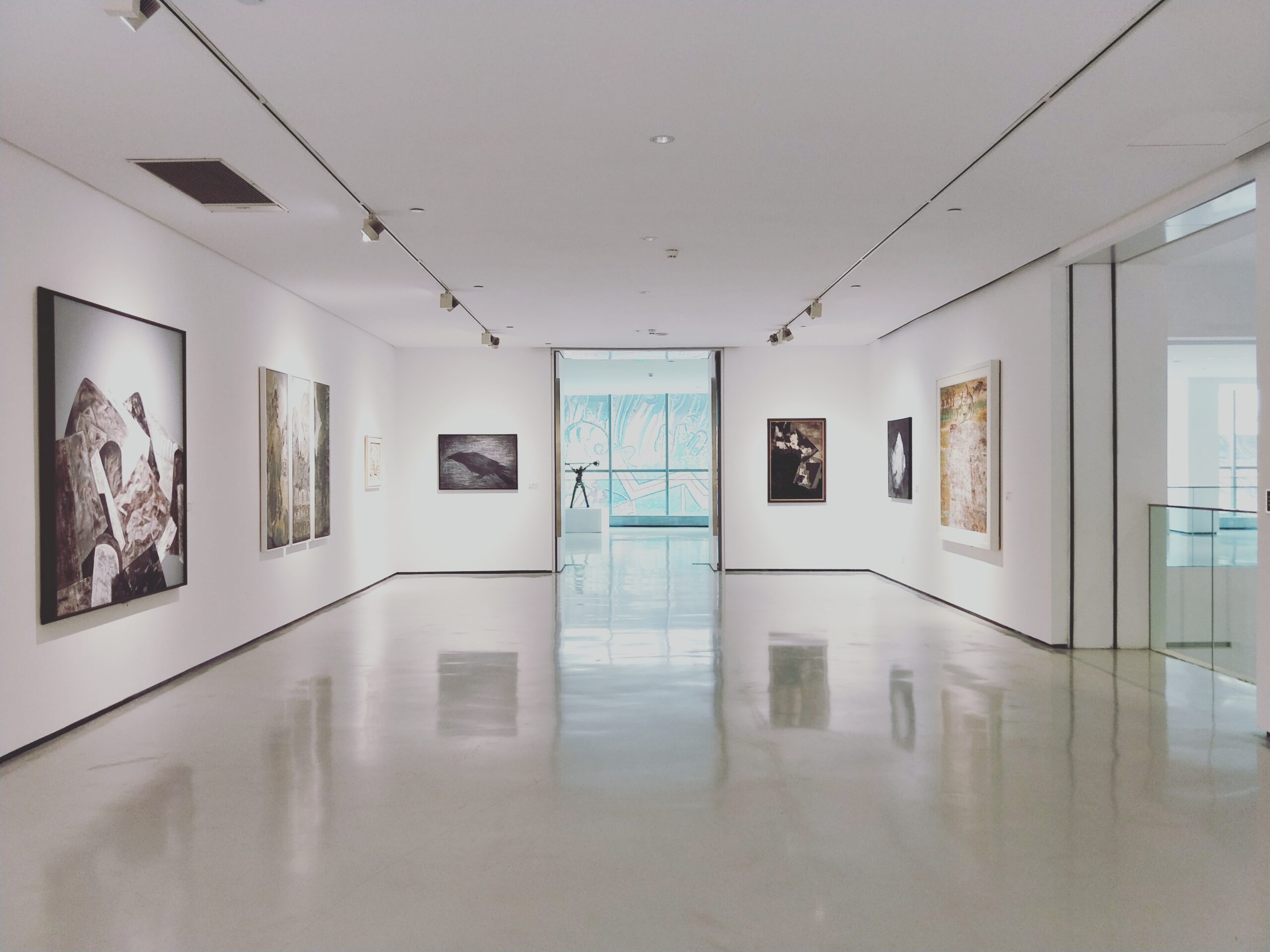
Task Force: Art Museum Congratulations! You have been hired as the curator for the Metropolitan Museum of Art. You are tasked with deciding what kinds
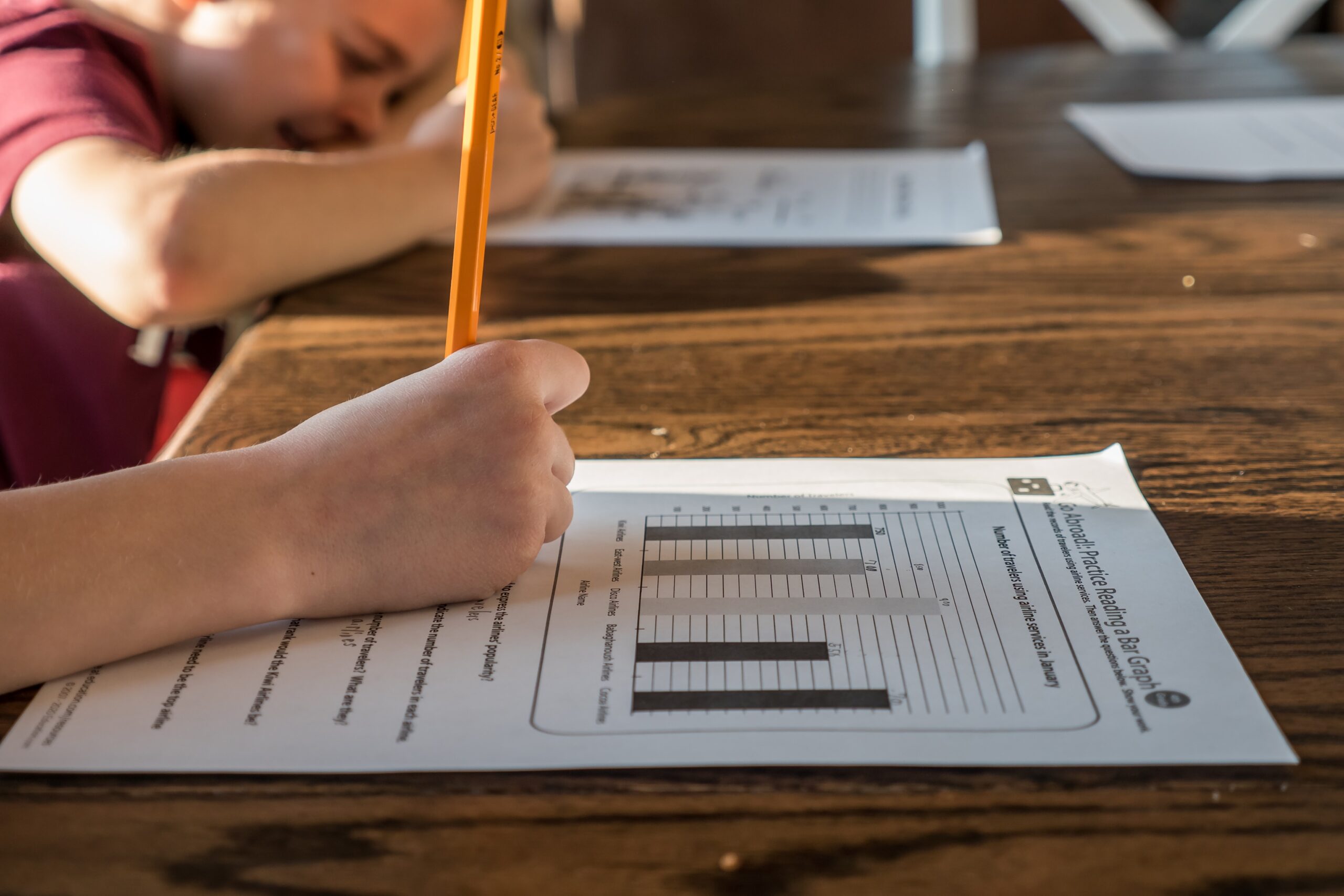
Task Force: Extra Credit in Schools Congratulations! You have been asked to join the school committee and assigned with your very first task. Students have
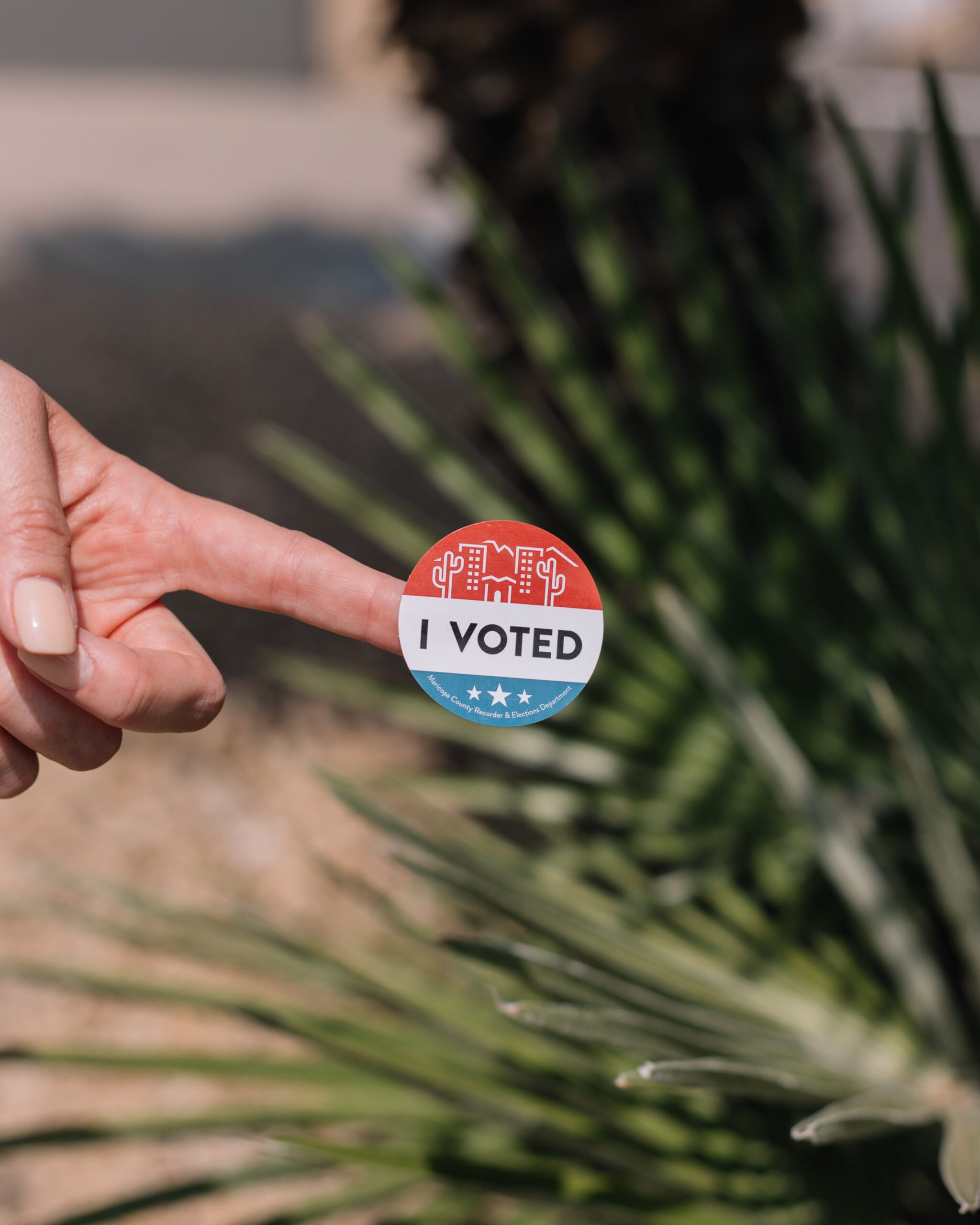
Task Force: Compulsory Voting Congratulations! You have been given the opportunity to decide whether or not voting should be compulsory in the United States. You
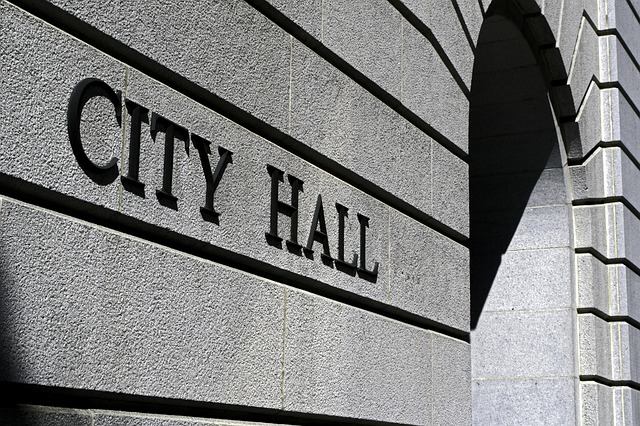
Task Force: City Government & Redlining Congratulations! You have been selected to design a policy for counteracting the lasting impacts of redlining in the United

Task Force: Admissions Committee Congratulations! The top five universities in the United States have hired you for the admissions committee to redesign the admissions process.
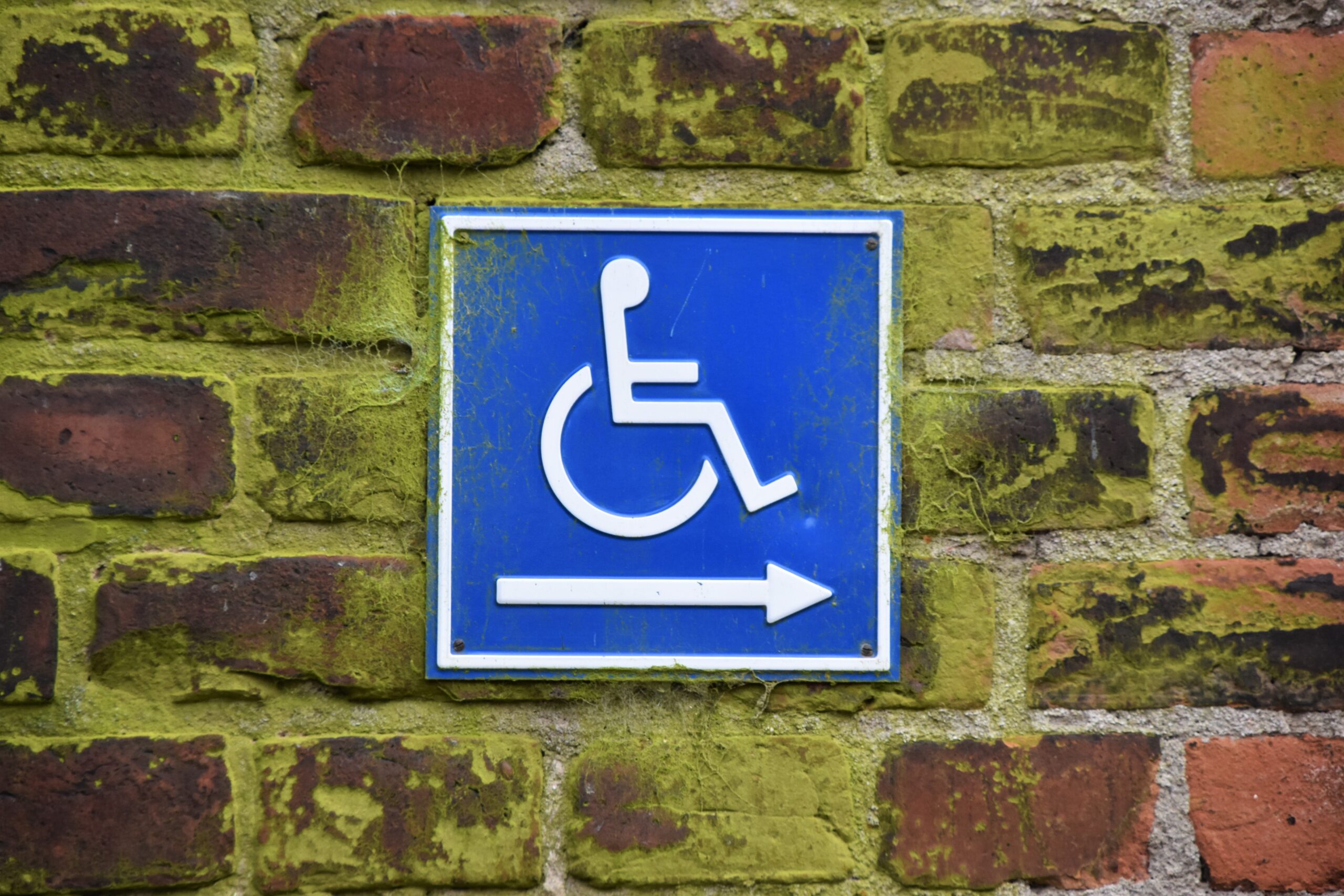
Task Force: Design Accessible Spaces Congratulations! Your local mall has hired you to redesign its architecture to be more accessible for people with special needs.
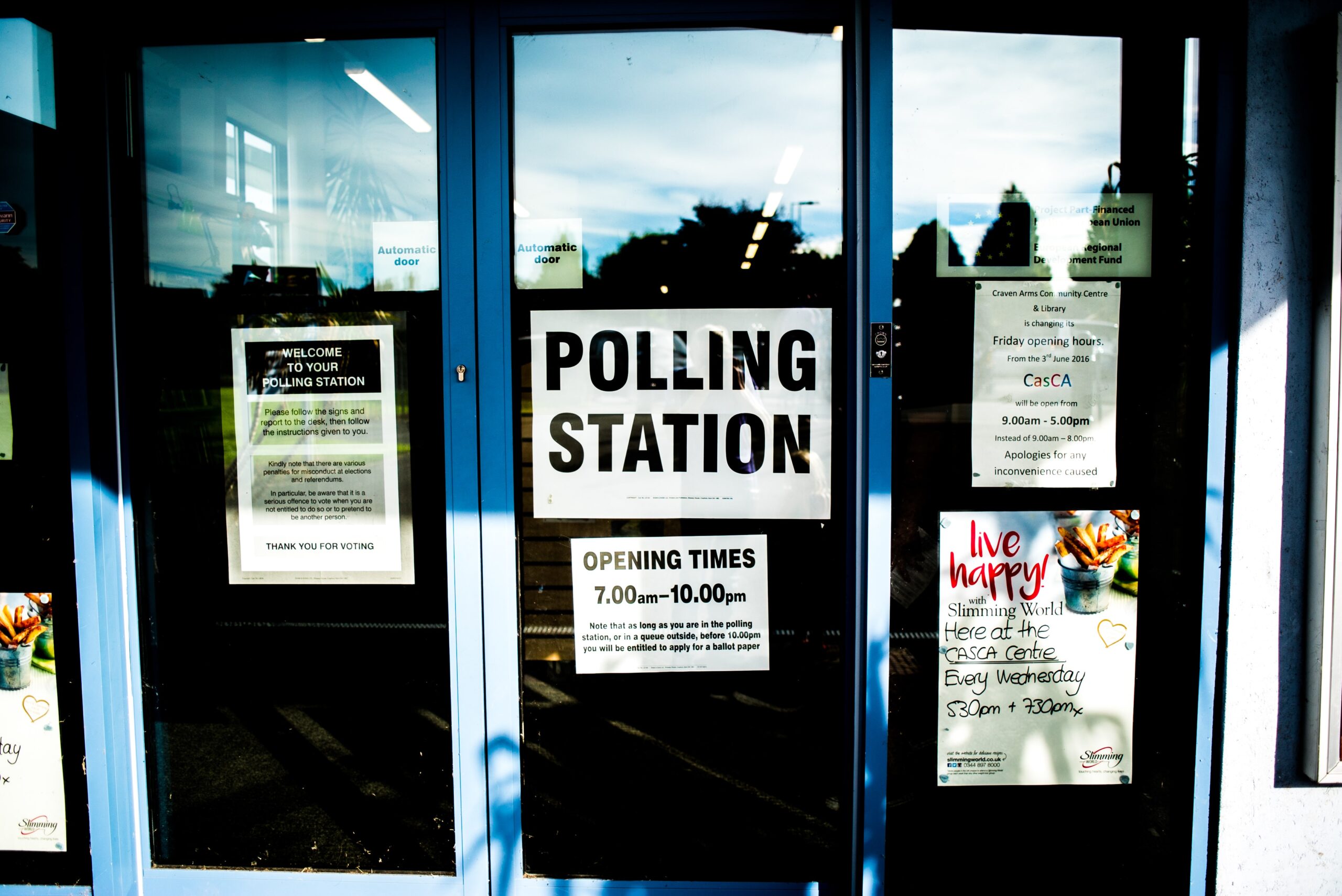
Task Force: Federal Laws Against Gerrymandering Congratulations! The election commission has hired you to design a federal law aimed at combating gerrymandering in the United
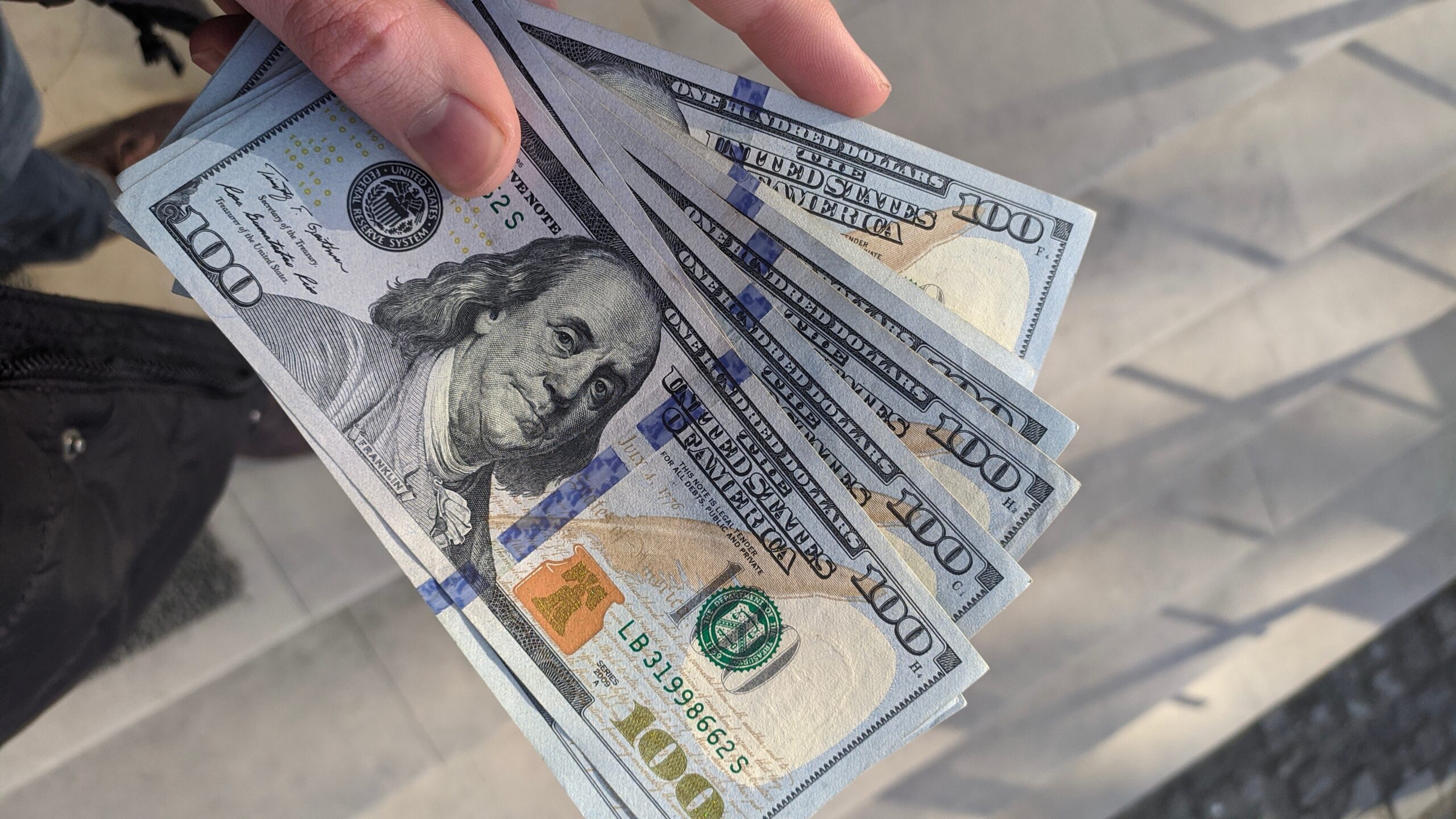
Task Force: Evaluating Grant Proposals Congratulations! You have been selected to join the board of a foundation that donates to non-profit organizations. You will be

Task Force: City Council Voting on Amazon Congratulations! Amazon wants to build its headquarters in your city and you have been selected by the city